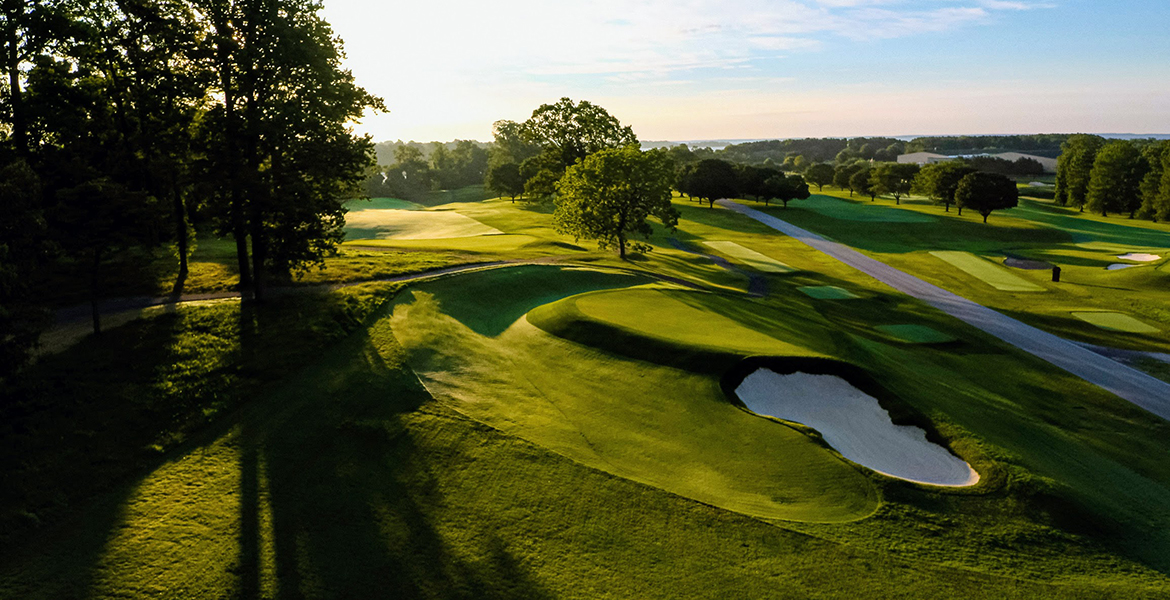The date September 26, 1999, does not stick in my mind, but what happened on that Sunday, the last day of the Ryder Cup at Brookline, certainly does. It is unforgettable, one of the most significant days ever in the biennial competition.
I spent some of the morning roaming the course at The Country Club and quickly realized that although the U.S. had begun the day four points behind Europe, I was going to be writing about a monumental home comeback. The U.S. was on its way to winning the first six singles matches.
I have covered a few Ryder Cups in my time and generally have found that American fans are better behaved than their British counterparts. Certainly, the British fans were no saints at The Belfry in 1989, causing Astrid Jacklin, wife of Tony, the European captain, to wheel round on them and say, “Shush. It’s bad enough that they have driven into the water without your applauding their mistakes.” On the other hand, the Americans weren’t much better at Kiawah in 1991.
But the atmosphere at The Country Club that Sunday 15 years ago was hostile. I felt a bit like a spectator in Rome when the Christians were thrown to the lions. Lynne Truss, my colleague who would go on to write Eats, Shoots & Leaves, the book about English grammar, felt it even more: “My main memory of that Sunday was of being in the tent watching it on TV and then going outside and finding it was oppressively close and hot, and that the crowd were really unpleasant.”
James Montgomerie, Colin’s father, had to leave the course because the level of abuse directed at his son was so upsetting. The gentlemanly Payne Stewart, Montgomerie’s opponent, intervened several times on Montgomerie’s behalf during the course of their match and later conceded the 18th, and their match, to him.
Back in the media tent, meanwhile, pounding at my laptop while watching the action with one eye, I sensed something was about to happen. It took a call from my office colleagues in London, watching on Sky TV, to tell me precisely what it was. It came on the 17th green in the match between Jose Maria Olazabal and Justin Leonard. Many of the American team, as well as Ben Crenshaw, their captain, and their supporters, had gathered by the green sensing victory.
When Leonard’s long putt found the cup, celebrations broke out. The Times’s photographer Hugh Routledge had a ringside seat and captured the definitive photo. It shows Leonard’s caddie racing across the green with the flag as American players, including Tom Lehman, who had led the comeback by beating Lee Westwood in the first match, invade the putting surface. Phil Mickelson is exulting with his wife Amy while Tiger Woods has leapt high into the air. Olazabal, meanwhile, still has a putt for a halve.
“That was no way to behave,” Olazabal said later, after he and Leonard had halved their match. “I call for respect from fellow professionals to make sure it doesn’t happen again.”
There had been right and wrong on both sides. The Europeans were furious at the invasion of the green; the Americans were angry at how slowly Padraig Harrington had played against Mark O’Meara.
Later that night, I wrote a second piece. Risking accusations of sanctimoniousness, I started off: “I fear that the last Ryder Cup of the millennium may also mark the last Ryder Cup that contains the essential charm, skill and grace under pressure that have marked so many contests in the past.”
Three years later at The Belfry, however, things were much more gentlemanly, influenced by the sad events of 9/11/2001, as well as Sunday, September 26, 1999. I am glad to have been proved wrong, not for the first time in my career and not for the last, either.
John Hopkins was golf correspondent of The Times [of London] from 1993 to 2010.






